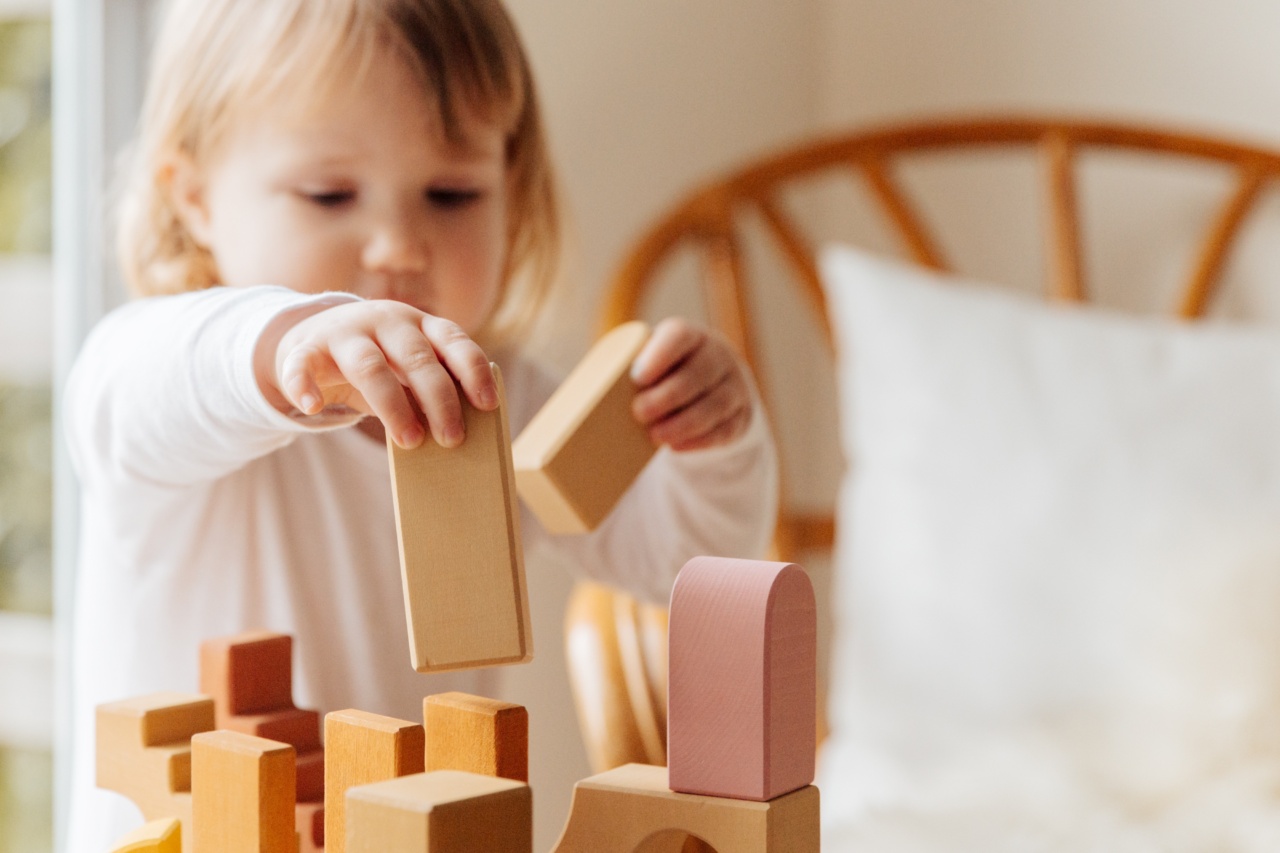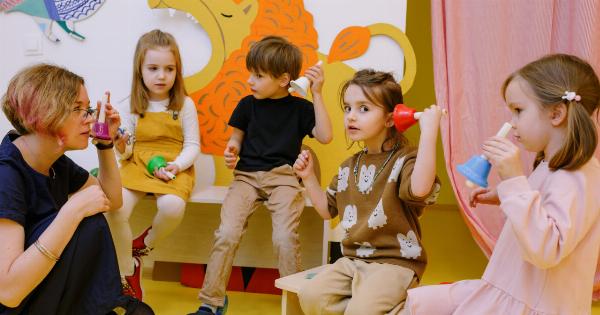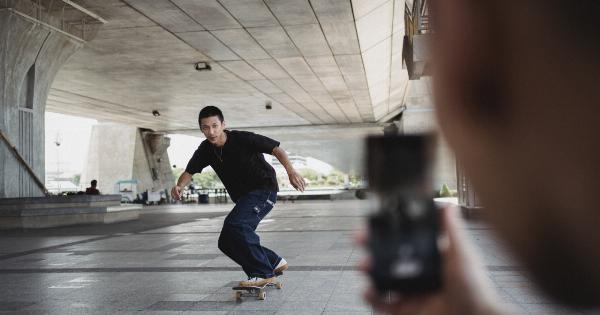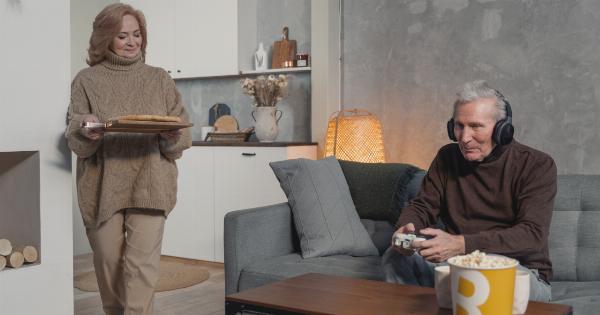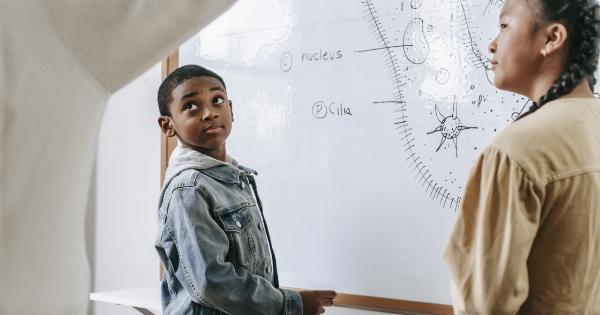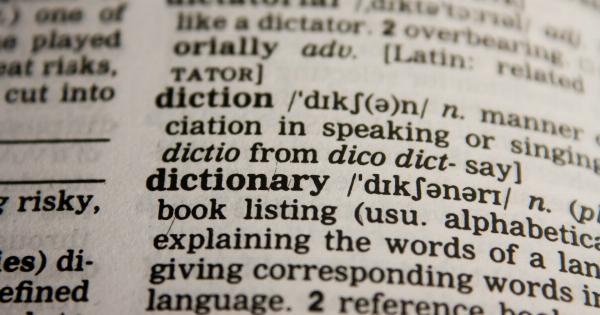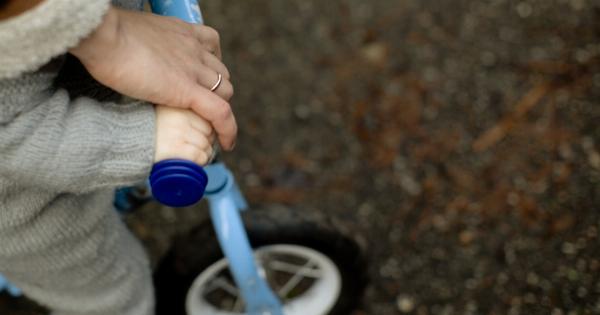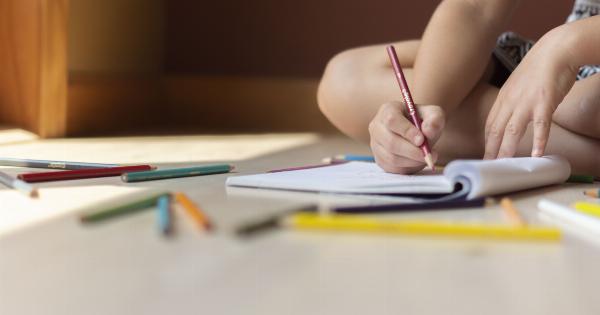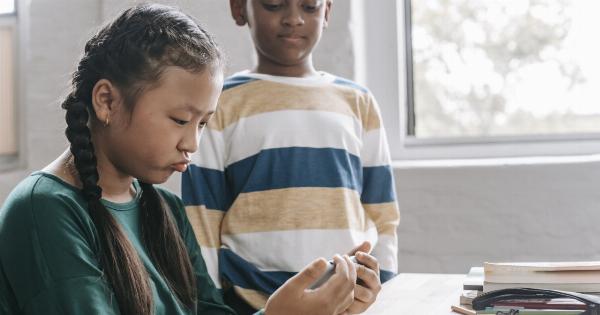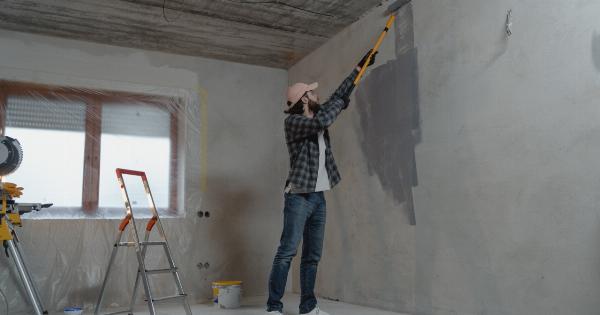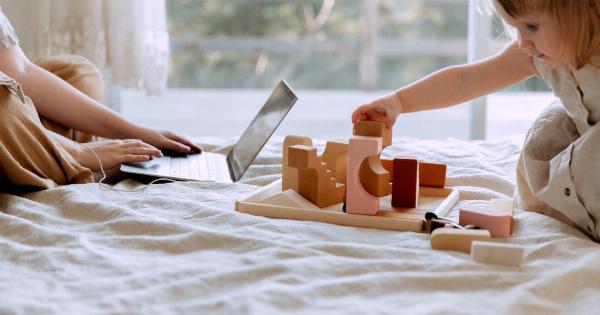Completing puzzles is an enjoyable and educational activity for children. Not only does it enhance their cognitive skills, but it also aids in the development of their sensory capabilities.
Sensory completion refers to the process of utilizing sensory information to solve puzzles and achieve a state of fulfillment. This guide aims to provide parents and caretakers with useful tips and techniques for helping children complete puzzles while stimulating their sensory development.
The Benefits of Completing Puzzles
Puzzles offer a wide array of benefits for children. They help improve problem-solving skills, promote critical thinking, enhance hand-eye coordination, and develop spatial awareness.
Through the completion of puzzles, children also get the opportunity to sharpen their memory, concentration, and patience. Moreover, puzzles provide a sense of accomplishment and boost self-esteem when children successfully finish them.
Understanding Sensory Completion
Sensory completion refers to the utilization of sensory information to accomplish a task or solve a puzzle.
In the case of completing puzzles, sensory completion involves engaging and integrating various sensory inputs to form a coherent understanding of the puzzle’s components. Through sensory completion, children can better visualize patterns, shapes, colors, and textures, making the puzzle-solving process more effective and enjoyable.
Types of Puzzles for Sensory Development
There are various types of puzzles that can aid in sensory development for children:.
1. Jigsaw Puzzles
Jigsaw puzzles involve arranging interlocking pieces to form a complete picture. The tactile experience of handling the puzzle pieces and feeling their shapes and textures helps develop a child’s sense of touch and fine motor skills.
Visual perception is also enhanced as children piece together the image and recognize patterns and colors.
2. Shape Sorters
Shape sorters are puzzles that require children to match objects of different shapes to the corresponding holes.
This type of puzzle enhances a child’s tactile and visual senses by encouraging them to explore and distinguish between various shapes. It also aids in developing hand-eye coordination and fine motor skills.
3. Matching Puzzles
Matching puzzles involve finding pairs of similar images or objects. By employing both visual and tactile senses, children learn to identify similarities and differences, fostering their cognitive abilities.
Matching puzzles can vary in complexity, allowing children of different ages to engage in sensory completion at their respective levels.
4. Maze Puzzles
Maze puzzles involve navigating through a labyrinth or a series of paths to reach a goal. The tactile experience of tracing the maze with their fingers or a stylus helps children develop their sense of touch and fine motor skills.
Additionally, maze puzzles promote critical thinking, problem-solving, and spatial awareness.
Techniques for Sensory Completion
1. Encourage Sensory Exploration
Provide opportunities for sensory exploration by allowing children to touch, feel, and manipulate puzzle pieces. Encourage them to describe the texture, shape, and weight of the pieces, facilitating their sensory integration.
2. Use Visual Cues
Use visual cues to assist children in completing puzzles.
This can involve providing a visual reference of the completed puzzle, highlighting color or pattern differences between pieces, or using pictures or words to clarify the puzzle’s objective.
3. Break Down Tasks
If a puzzle seems overwhelming, break it down into smaller, more manageable tasks. Start by focusing on a specific section or grouping similar pieces together.
This approach enhances a child’s ability to categorize and organize information, making the completion process less daunting.
4. Encourage Trial and Error
Allow children to explore different strategies and encourage a trial-and-error approach. When children actively experiment, they enhance their problem-solving abilities, learn from their mistakes, and develop the confidence to overcome challenges.
5. Create a Supportive Environment
Ensure that the environment is conducive to sensory completion. Minimize distractions, provide comfortable seating, and offer appropriate lighting for optimal visual perception.
Creating a calm and focused atmosphere allows children to concentrate better and engage more effectively with the puzzle.
6. Celebrate Achievements
When a child completes a puzzle, celebrate their achievement. Praise their effort, patience, and problem-solving skills. Positive reinforcement encourages children to continue engaging in puzzle-solving activities and boosts their self-esteem.
Conclusion
Completing puzzles not only provides entertainment but also offers numerous benefits for children, including the development of sensory skills.
By engaging in sensory completion, children enhance their cognitive abilities, improve hand-eye coordination, and bolster their problem-solving skills.
Through the use of various types of puzzles and employing the techniques outlined in this guide—such as encouraging sensory exploration, using visual cues, breaking down tasks, promoting trial and error, creating a supportive environment, and celebrating achievements—parents and caretakers can support children in achieving the joy and cognitive growth that completing puzzles can provide.
